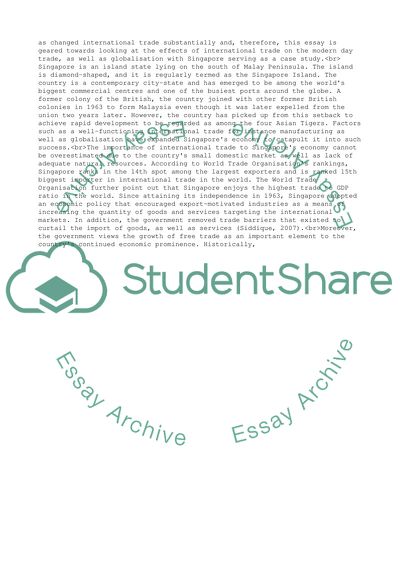Cite this document
(International Business(Singapore) Essay Example | Topics and Well Written Essays - 2000 words, n.d.)
International Business(Singapore) Essay Example | Topics and Well Written Essays - 2000 words. https://studentshare.org/business/1868054-international-businesssingapore
International Business(Singapore) Essay Example | Topics and Well Written Essays - 2000 words. https://studentshare.org/business/1868054-international-businesssingapore
(International Business(Singapore) Essay Example | Topics and Well Written Essays - 2000 Words)
International Business(Singapore) Essay Example | Topics and Well Written Essays - 2000 Words. https://studentshare.org/business/1868054-international-businesssingapore.
International Business(Singapore) Essay Example | Topics and Well Written Essays - 2000 Words. https://studentshare.org/business/1868054-international-businesssingapore.
“International Business(Singapore) Essay Example | Topics and Well Written Essays - 2000 Words”. https://studentshare.org/business/1868054-international-businesssingapore.


